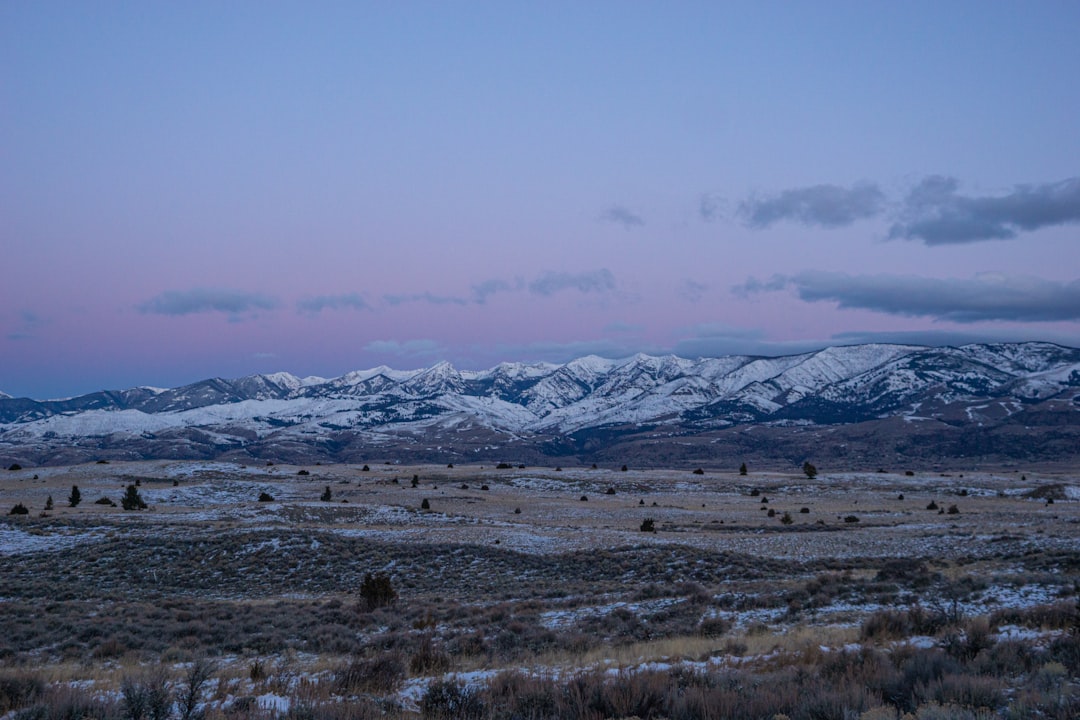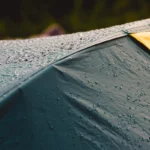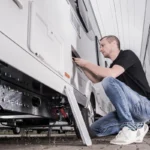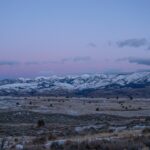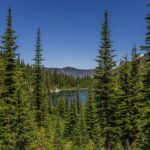Overlanding is a thrilling and adventurous way to explore the great outdoors. It involves traveling long distances in a self-sufficient vehicle, often off-road, and camping along the way. Montana, with its vast and rugged terrain, is the perfect destination for overlanding enthusiasts. From the majestic Rocky Mountains to the sprawling plains, Montana offers a diverse range of landscapes to explore. In this blog post, we will provide a comprehensive guide to overlanding in Montana, including top routes, planning tips, essential gear, safety precautions, hidden gems, and more.
Top Overlanding Routes in Montana for a Thrilling Off-Road Experience
Montana is home to some of the most scenic and challenging overlanding routes in the country. One popular route is the Montana Backcountry Discovery Route (MTBDR), which spans over 1,000 miles from the Idaho border to the Canadian border. This route takes you through remote and rugged terrain, offering breathtaking views of mountains, forests, and rivers. Another iconic route is the Continental Divide Trail (CDT), which follows the spine of the Rocky Mountains for over 3,000 miles. While not exclusively an off-road route, portions of the CDT offer thrilling off-road experiences for overlanders.
Navigating these routes safely requires careful planning and preparation. It is important to research the route beforehand, familiarize yourself with any potential hazards or challenges, and ensure that your vehicle is equipped for off-road travel. It is also advisable to travel with a companion or in a group for added safety. Additionally, be sure to check weather conditions and road closures before embarking on your journey.
Planning Your Overlanding Trip in Montana: Tips and Tricks for a Successful Adventure
Planning is key to a successful overlanding trip in Montana. Start by determining your route and itinerary based on your interests and the time you have available. Consider factors such as the difficulty level of the route, the availability of campsites or accommodations, and any specific attractions or landmarks you want to visit along the way. It is also important to plan for contingencies, such as alternative routes or emergency contacts.
When packing for your trip, prioritize essential items such as food, water, clothing, and camping gear. It is also important to pack tools and spare parts for your vehicle, as well as a first aid kit and emergency supplies. Make sure to distribute the weight evenly in your vehicle and secure any loose items to prevent them from shifting during off-road travel.
Finding campsites in Montana’s backcountry can be a challenge, but there are several options available. National Forests and Bureau of Land Management (BLM) lands offer dispersed camping opportunities, where you can camp for free in designated areas. There are also private campgrounds and RV parks available throughout the state. It is important to follow Leave No Trace principles when camping in the backcountry, including packing out all trash and minimizing your impact on the environment.
Essential Gear and Equipment for Overlanding in Montana’s Rugged Terrain
| Essential Gear and Equipment for Overlanding in Montana’s Rugged Terrain |
|---|
| Tent |
| Sleeping bag |
| Camp stove |
| Cooler |
| Water filter |
| First aid kit |
| Navigation tools (map, compass, GPS) |
| Recovery gear (winch, tow straps, shovel) |
| Communication device (radio, satellite phone) |
| Extra fuel and water |
| Fire starter (matches, lighter, firestarter) |
| Flashlight or headlamp |
| Multi-tool or knife |
| Bear spray |
| Insect repellent |
When overlanding in Montana’s rugged terrain, it is essential to have the right gear and equipment to ensure your safety and comfort. Some must-have gear includes recovery equipment such as a winch, recovery straps, and a shovel, in case you get stuck in mud or snow. Communication devices such as a two-way radio or satellite phone are also important for staying connected in remote areas.
Choosing the right gear for your trip depends on factors such as the difficulty level of your route, the weather conditions you may encounter, and your personal preferences. It is important to invest in high-quality gear that is durable and reliable. Research different brands and read reviews to find gear that suits your needs.
Maintaining and repairing your gear on the road is crucial for a successful overlanding trip. Carry basic tools and spare parts for your vehicle, such as extra fuses, belts, and fluids. It is also important to regularly inspect your gear for any signs of wear or damage and address any issues before they become major problems.
Exploring Montana’s Scenic Backcountry: A Guide to Off-Road Trails and Routes
Montana is a paradise for off-road enthusiasts, with countless trails and routes to explore. Some of the best off-road trails in Montana include the Sawtooth Mountains Trail, the Bitterroot National Forest Trail, and the Pryor Mountains Trail. These trails offer a mix of challenging terrain, stunning views, and opportunities for wildlife spotting.
Before embarking on any off-road trail, it is important to assess the difficulty level and be prepared for the challenges you may encounter. Some trails may require high-clearance vehicles or 4×4 capabilities, while others may be suitable for all types of vehicles. It is also important to stay on designated trails and respect any closures or restrictions in place.
To stay safe while off-roading in Montana’s backcountry, it is important to drive at a safe and controlled speed, especially on steep or uneven terrain. Always wear your seatbelt and ensure that all passengers are securely seated. Be aware of your surroundings and watch out for wildlife or other vehicles on the trail. It is also important to minimize your impact on the environment by staying on designated trails, avoiding sensitive areas, and packing out all trash.
Overlanding Safety in Montana: Precautions and Preparations for a Secure Trip
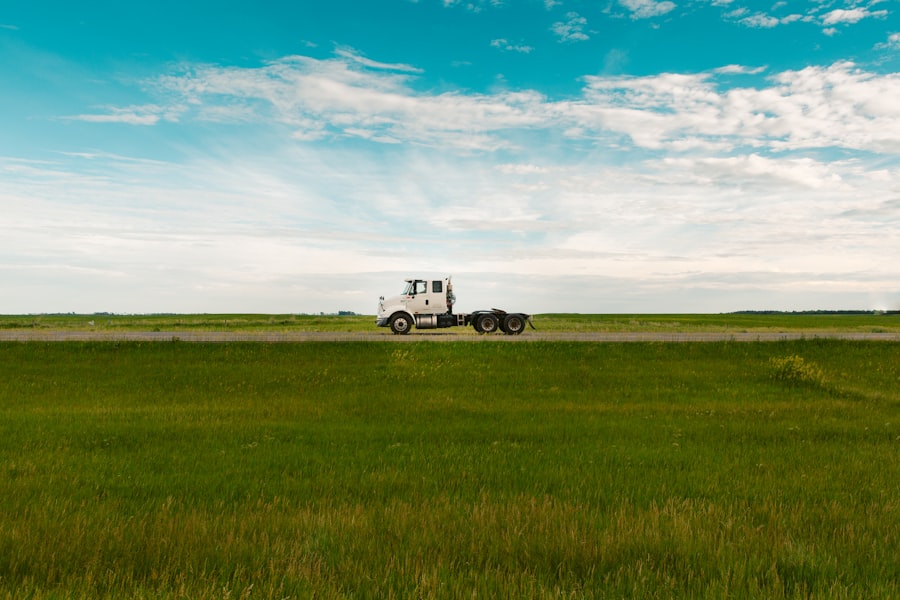
Safety should be a top priority when overlanding in Montana’s rugged terrain. One of the biggest safety concerns in Montana is wildlife encounters, particularly with bears. It is important to be bear aware and take precautions such as storing food properly, carrying bear spray, and making noise while hiking or camping. Familiarize yourself with the proper protocols for bear encounters and know how to react in different situations.
Navigating difficult terrain is another safety concern when overlanding in Montana. It is important to assess the difficulty level of the route and ensure that your vehicle is equipped for off-road travel. Take your time and drive at a safe and controlled speed, especially on steep or uneven terrain. Be aware of any potential hazards such as rocks, tree stumps, or deep ruts, and navigate them carefully.
Preparing for emergencies is crucial when overlanding in remote areas. Make sure to carry a first aid kit and emergency supplies, including extra food, water, and warm clothing. It is also important to have a plan for communication in case of emergencies. Consider investing in a satellite phone or personal locator beacon (PLB) for added safety.
Staying healthy while overlanding is also important. Make sure to stay hydrated, eat nutritious meals, and get enough rest. Protect yourself from the sun by wearing sunscreen and a hat, and be mindful of your physical limitations. Take breaks when needed and listen to your body.
Discovering Montana’s Hidden Gems: Off-Road Destinations Worth Exploring
While Montana offers plenty of well-known attractions, there are also hidden gems waiting to be discovered by adventurous overlanders. Some lesser-known off-road destinations in Montana include hidden lakes, abandoned ghost towns, and secluded hot springs.
Finding these hidden gems requires some research and exploration. Look for local recommendations or consult guidebooks and online resources for off-the-beaten-path destinations. When visiting these hidden gems, it is important to respect the environment and leave no trace. Follow any posted rules or regulations, pack out all trash, and avoid damaging any natural or historical features.
Overlanding with Family and Friends in Montana: Tips for a Memorable Experience
Overlanding can be a great way to bond with family and friends while enjoying the great outdoors. When planning an overlanding trip with family and friends, it is important to consider everyone’s interests and preferences. Involve everyone in the planning process and make sure to include activities or attractions that appeal to everyone.
Keeping everyone entertained and engaged on the road is key to a memorable overlanding experience. Plan fun activities such as hiking, fishing, or wildlife spotting along the way. Bring games or books to keep everyone entertained during downtime. It is also important to encourage open communication and address any conflicts or concerns that may arise.
Safety should be a top priority when overlanding with family and friends. Make sure that everyone is aware of the safety protocols and knows how to react in different situations. Assign roles and responsibilities to each person, such as navigation or camp setup, to ensure that everyone is involved and engaged.
Overlanding Etiquette in Montana: Respecting Nature and Fellow Adventurers
Responsible overlanding involves respecting nature and fellow adventurers. When overlanding in Montana, it is important to follow Leave No Trace principles, which include packing out all trash, minimizing campfire impacts, and respecting wildlife. Stay on designated trails and avoid sensitive areas to minimize your impact on the environment.
Respecting fellow adventurers also means being considerate of others on the trail or at campsites. Keep noise levels down, especially during quiet hours, and respect the privacy of others. If you encounter other vehicles on narrow trails, yield the right of way and be patient.
Why Overlanding in Montana is a Must-Try Adventure for Off-Road Enthusiasts
Overlanding in Montana offers a unique and thrilling adventure for off-road enthusiasts. With its vast and rugged terrain, Montana provides endless opportunities for exploration and discovery. From challenging off-road trails to hidden gems waiting to be discovered, Montana has something for every overlander.
By following proper planning, safety precautions, and responsible overlanding practices, you can have a memorable and enjoyable experience in Montana’s backcountry. So pack your bags, prepare your vehicle, and embark on an unforgettable overlanding adventure in the beautiful state of Montana.
If you’re planning an overlanding adventure in Montana, you won’t want to miss this article on the best places to go overlanding in the state. From rugged mountain ranges to vast prairies, Montana offers a diverse and breathtaking landscape for outdoor enthusiasts. Whether you’re a seasoned overlander or just starting out, this article provides valuable insights and recommendations for exploring Montana’s hidden gems. Check it out here and start planning your next epic adventure in Big Sky Country.
FAQs
What is overlanding?
Overlanding is a type of self-reliant travel where the journey is the primary goal, often involving off-road vehicles and camping equipment.
What are some popular overlanding destinations in Montana?
Montana has many popular overlanding destinations, including the Bitterroot National Forest, the Lewis and Clark National Forest, and the Flathead National Forest.
What kind of vehicle do I need for overlanding in Montana?
A four-wheel drive vehicle with high clearance is recommended for overlanding in Montana, as many of the roads are unpaved and can be rough.
Do I need a permit to go overlanding in Montana?
Permits are not required for overlanding in Montana, but some areas may require a recreation pass or camping permit.
What kind of camping equipment do I need for overlanding in Montana?
Camping equipment for overlanding in Montana should include a tent, sleeping bags, cooking equipment, and a portable stove. It is also recommended to bring a water filtration system.
What are some safety tips for overlanding in Montana?
Safety tips for overlanding in Montana include bringing a first aid kit, carrying extra food and water, letting someone know your itinerary, and being aware of wildlife in the area. It is also important to follow Leave No Trace principles and pack out all trash.
